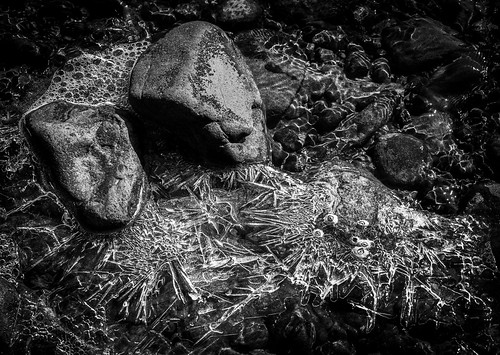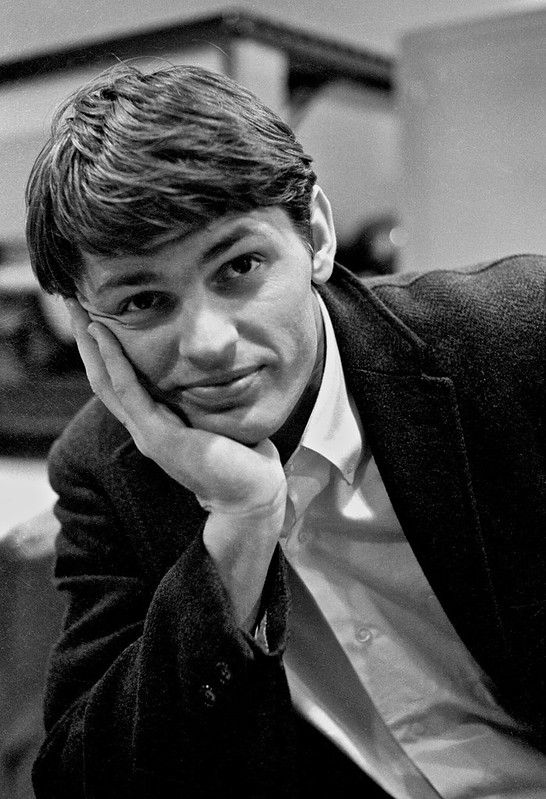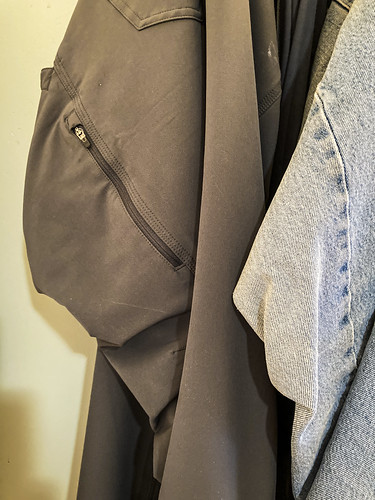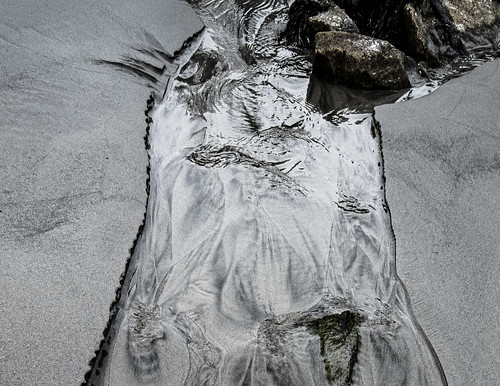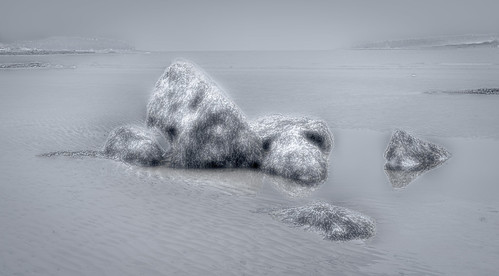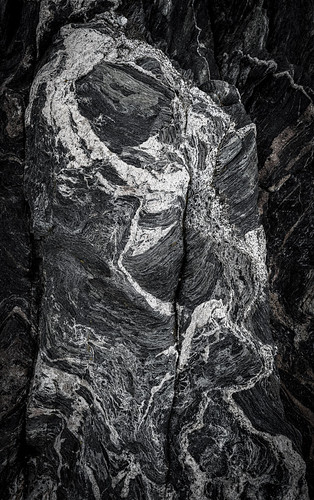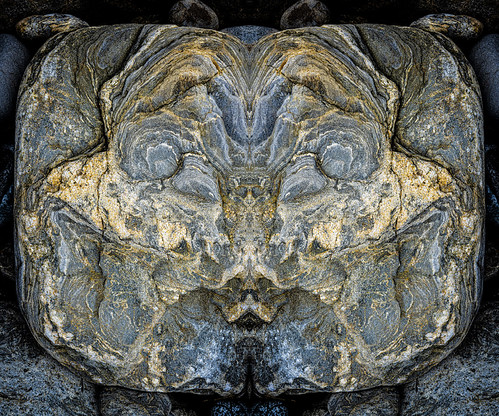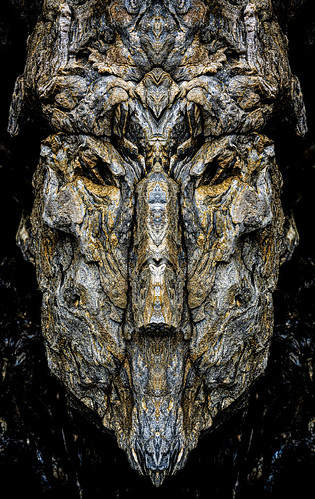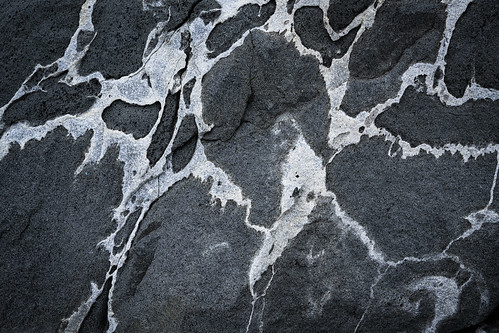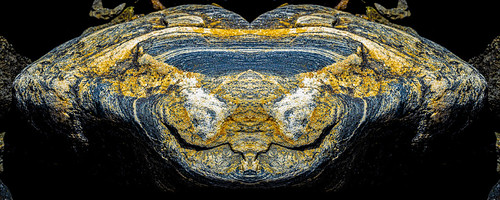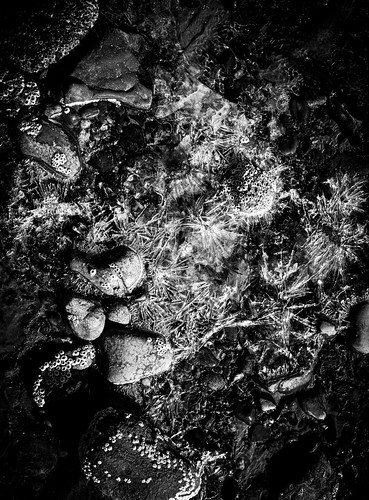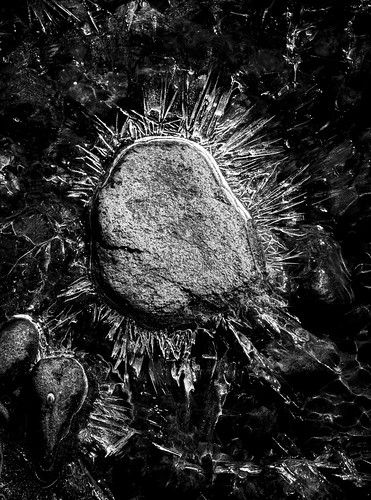Just placing a marker for the next Blurb book projects, which I’ll gradually fledge out.
Category Archives: photography
landscapes
In the middle of the 2022 Joint Show I’m starting to wonder what comes next? A new desktop machine is on order for me (a Mac Studio), and I expect to be working on several Blurb books during the fall and winter. One subject that keeps nudging me is Surfaces, which are mostly abstract patterns of ambiguous scale, often manifesting as Landscapes of the Imagination. While rifling through the sprawl of desktop files I happened upon a collection of candidates I started several years ago, which I should augment with recent images.
Before July gets away from us
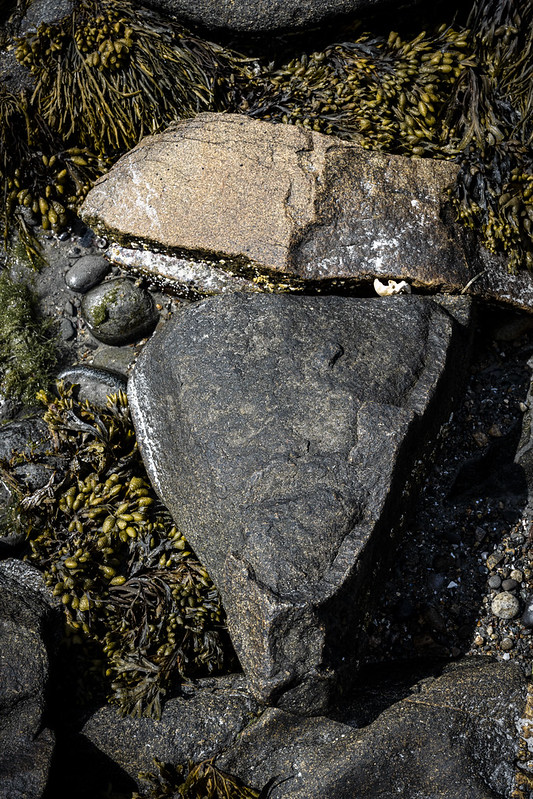
July has been busy with summer stuff, including the arrival of [really quite magnificent] metal prints for our Joint Show in September. I’ve added a link to some other images from Flowers Cove to the page summarizing my part of the show.
A Convivium Question about Myth led to another exploration of the Twelfth Imam.
And there’s been the usual daily pleasure of eclectic reading in the barn, and the garden is burgeoning. A visit from John and Laura and Kian will round out the month!
Marshall Point evening
Yesterday the rain ended in the afternoon but the fog hung on until almost sundown. We made a quick trip (3 miles, practically the back yard) to the rocks at Marshall Point, hoping that the light would be magical.
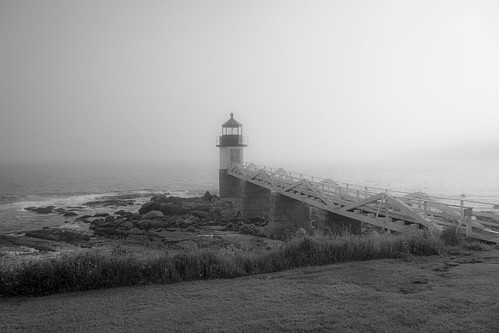
By the time we got there the fog was lifting, but I wandered the ever-so-familiar rocks for half an hour or so and found lots of new beings to photograph, and as usual I learned new things about a place that I’ve visited scores of times. It’s truly inexhaustible as a photographic venue. A few examples:
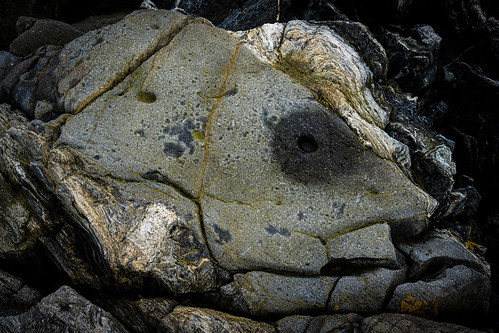
and these are always cropping up:

and here’s a shark I never noticed before:
…and a Goreyesque bat-like fellow:
(the full set is available)
photos keep surfacing
Organizing stuff in the barn always means finding things of Significance that have been hiding for years. Some of them connect to stories and Stories.
This one ended 60 years ago. The tall person was David Lyon, my Chadwick roommate in 1958-59, after which he went to Paris for two years (long story there), before returning to Chadwick for his senior year, which was my first year at Harvard. He’d just been accepted to Harvard himself when he died in a car accident. The old people in the photo are Commander and Mrs. Chadwick, the grandparents of the three at the back and great aunt/uncle to the rest. Mrs. C. was a huge presence in my Chadwick life.
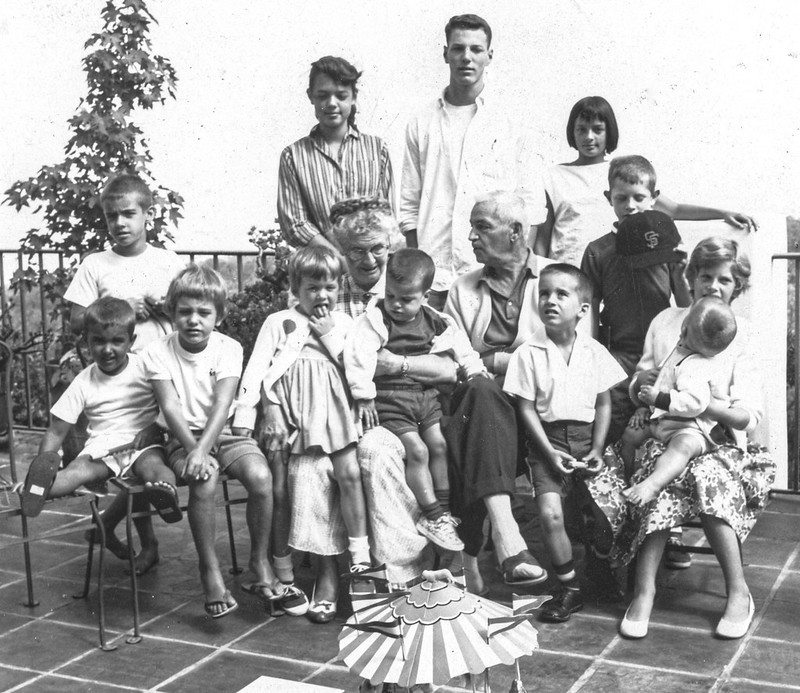
Here we see Betsy’s sister Caroline and her first husband Steve Butterfield, in 1973. Shame it’s not color — Steve’s hair was a magnificent red. He worked for Bolt, Beranek, and Newman when the internet was being born, and was the first person we ever saw use email. When we were at Stanford in the 1979-1980 sabbatical, Steve was at Xerox PARC. He gave me a tour of the Future just when the personal computer was being invented…
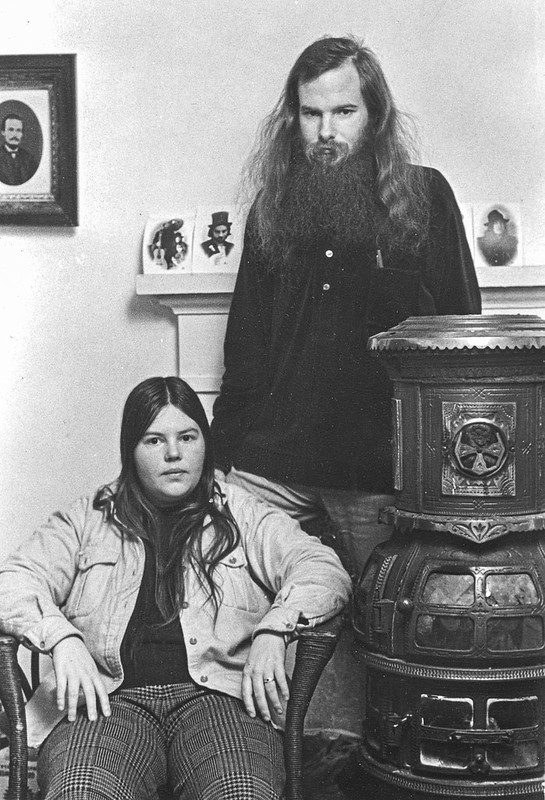
Broot took this one in summer 1963, the young guitarist clipping fingernails.

And this is Larry Fredericks, taken sometime in the 1980s. He was a colleague/friend in the first few years at Acadia, an enthusiastic member of CPC/M-L (Communist Party of Canada, Marxist-Leninist). He had a marvelous International Harvester Scout, red in colour, which at one point he traded in for a bronze-hued Impala with electric windows. He took me for a ride on the Big Road, getting it up to 90 or so, and zipped the windows up and down… I said “Lar, what you got here is a Bronze Pig”. He thought that characterization was funny until I wrote a rather mocking song about it. I learned the power of music and lost a friend… but then one day maybe 10 years later he turned up… he was doing something in banking or was it stock-broking in Toronto, and had rented the white Cadillac convertible at the airport.
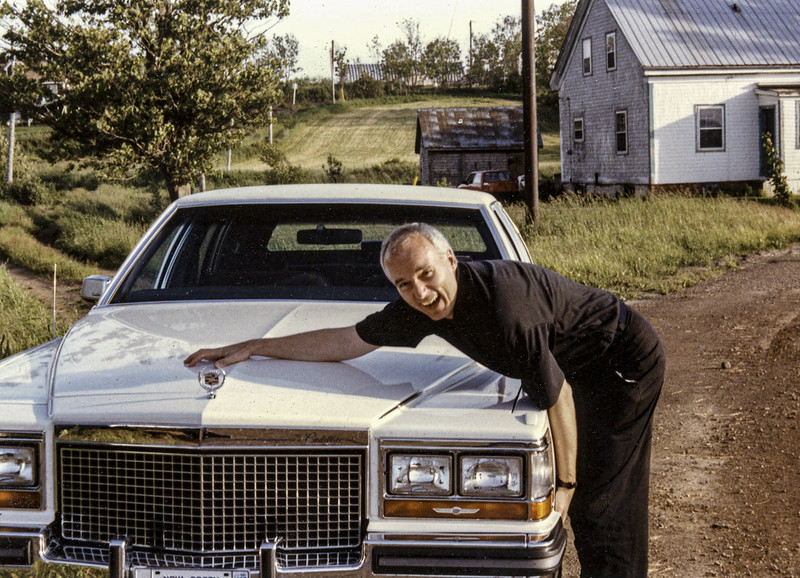
The Genealogy of thusly
I’ve just had this image printed 20 x 30 on metal, for the September gallery show we’re now planning:

I was inspired to name it “thusly” without quite knowing why, but then I realized that it all began with Jan Broek, seen here during a photographic expedition in Boston in the spring of 1965:
Here’s Jan and myself about 3 years later:

…and then some 50 years later, while visiting Jan in Bolinas CA:
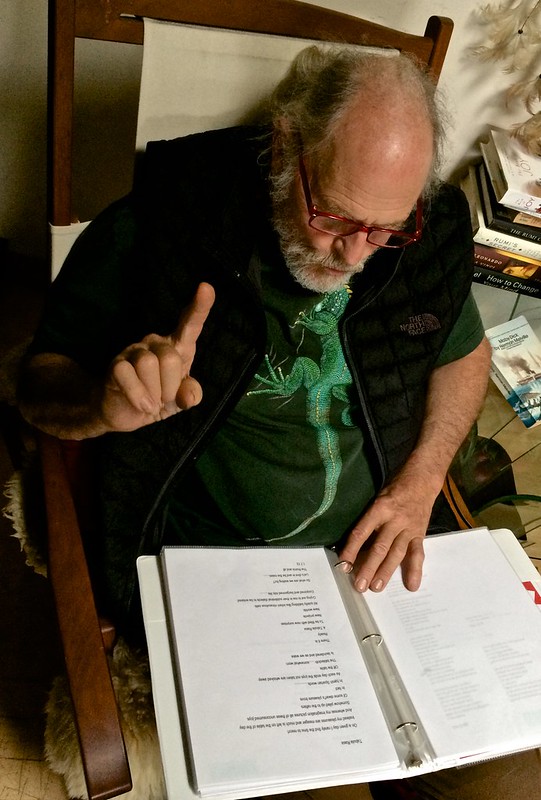
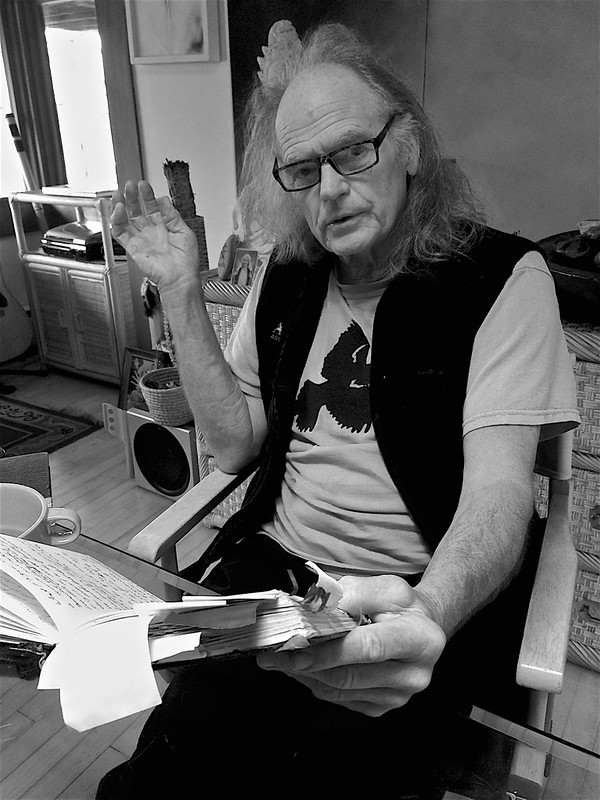
thinking about the September 2022 gallery show
I’ve been going through photographs, in the early stages of choosing for the September Granite Gallery joint show, and have some that aren’t candidates for the gallery but have something about them that is …memorable, and shouldn’t be lost in the thousands of the Flickr photostream:
Marshall Point again

Yesterday I spent a couple of hours in the familiar territory of the rocks of Marshall Point, and (as usual) discovered scores of faces and creatures I’d never seen before, alongside old friends I’d captured on earlier expeditions. As I clambered over the rocks I tried to pay attention to what and how I was seeing, and to respond to the intensity of visual stimuli.
Most of the images from a day’s shooting convey the insight of a fleeting moment, an accident of light and angle: there’s a face, or the elements of a face, as if it was waiting for the photographer to come along and notice it and engage; seemingly, nobody else ever has.
The post-processing of images can focus the viewer’s attention on features as seen by the photographer. Such actions include cropping and rotation, tweaking Tone and Presence, judicious removal of distracting bits, vignetting, dodging and burning—all have plentiful precedent in traditional analog photography.
Quite a few of the processed images remain obscure to most viewers, who may wonder just what the photographer saw to inspire the framing and the exposure itself. A slim few pose no such challenge to the viewer: the physiognomy is palpable to anybody, and all agree that the face is real and actually there.
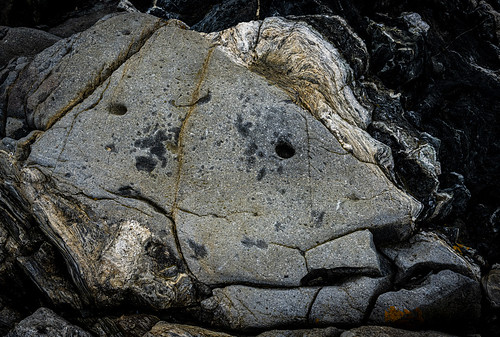
Many of my rock portraits allude in a general way to the studio photographs seen in Abandoned Ancestors and Bluenose Physiognomy—a head framed in a rectangular space, features more or less in the expected places, displaying a grin or a moue or a grumpy frown.
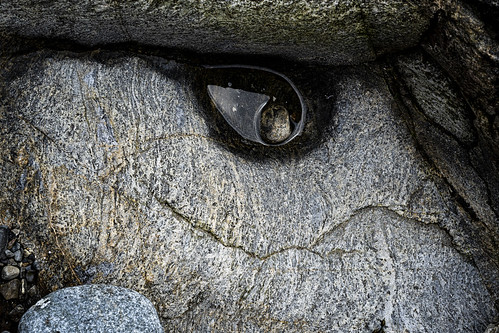


And some are simply enigmatic, for readers to make of what they will.
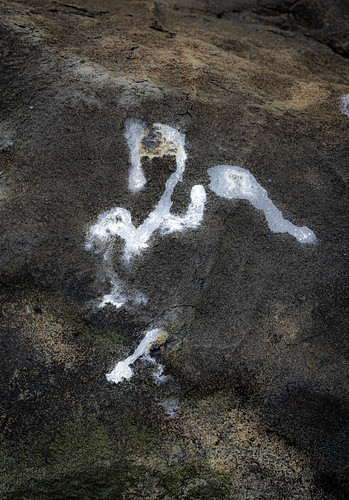
Their charm and purpose lies mostly in how viewers read them, and I’m sometimes surprised by variant interpretations that I’d missed myself.
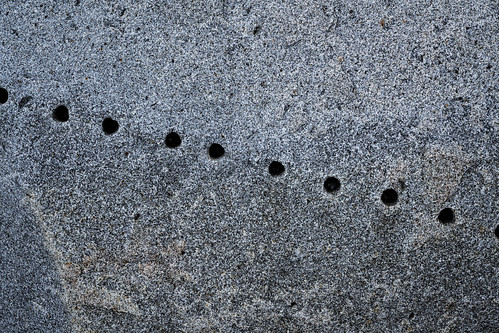
early April

It’s been quite a month of photographic explorations on the St. George peninsula, with a gallery of Charming Manifestations (constructed near the end of March) and then several more Flickr Albums in the fortnight since.
The sands continue to fascinate:
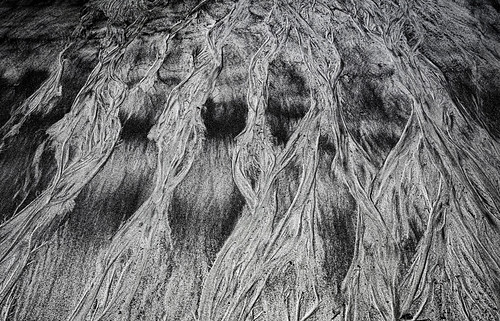
two marvelously lissome dancers
with a portly Easter Bunny supporting:
and headgear reminiscent of Tenniel’s Duchess:
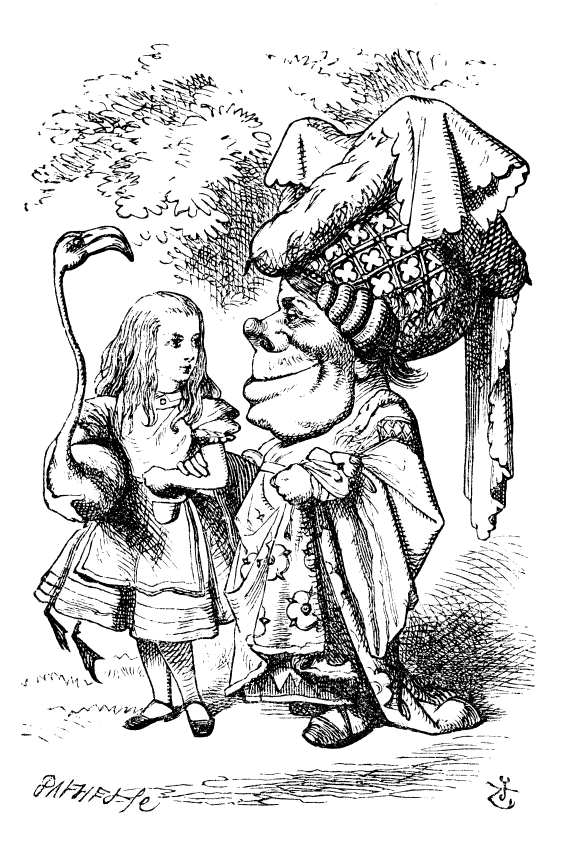
I am not much closer to an understanding of the meaning or significance of such legerdemain, but it seems to keep happening will-I-nill-I.
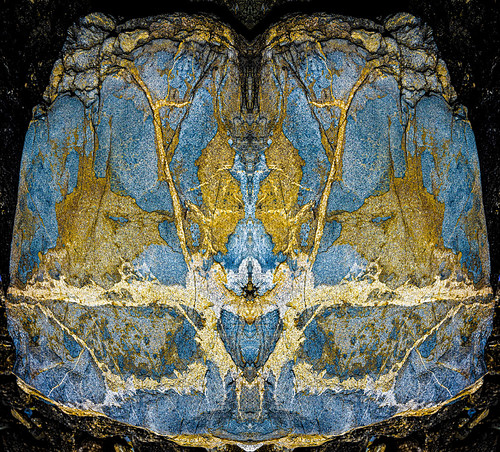
Addendum:
This just rolled in and I thought… well, why not? the Veil Nebula as imaged by the Hubble Telescope. I snipped out a portion and did the copy-flip-join thing to produce

Earlier today John-the-son sent a link to a Scientific American article Confirmed! We Live in a Simulation: We must never doubt Elon Musk again (Fouad Khan). The date is April 1, which may or may not be relevant, but here’s a bit of its bite:
Pretty much since the dawn of philosophy we have been asking the question: Why do we need consciousness? What purpose does it serve? Well, the purpose is easy to extrapolate once we concede the simulation hypothesis. Consciousness is an integrated (combining five senses) subjective interface between the self and the rest of the universe. The only reasonable explanation for its existence is that it is there to be an “experience.” That’s its primary raison d’être. Parts of it may or may not provide any kind of evolutionary advantage or other utility. But the sum total of it exists as an experience and hence must have the primary function of being an experience. An experience by itself as a whole is too energy-expensive and information-restrictive to have evolved as an evolutionary advantage.
…There is nothing in philosophy or science, no postulates, theories or laws, that would predict the emergence of this experience we call consciousness. Natural laws do not call for its existence, and it certainly does not seem to offer us any evolutionary advantages. There can only be two explanations for its existence. First is that there are evolutionary forces at work that we don’t know of or haven’t theorized yet that select for the emergence of the experience called consciousness. The second is that the experience is a function we serve, a product that we create, an experience we generate as human beings. Who do we create this product for? How do they receive the output of the qualia generating algorithms that we are? We don’t know. But one thing’s for sure, we do create it. We know it exists. That’s the only thing we can be certain about. And that we don’t have a dominant theory to explain why we need it.
So here we are generating this product called consciousness that we apparently don’t have a use for, that is an experience and hence must serve as an experience. The only logical next step is to surmise that this product serves someone else… The simplest explanation for the existence of consciousness is that it is an experience being created, by our bodies, but not for us. We are qualia-generating machines.
And John’s reply to my querulousness about qualia:
…why dismiss the grindings of imagination? when you tear things apart with symmetry or other challenging art, all kinds of interpretive possibilities suddenly spring up in the observer’s strained mind as it grasps for meaning and sees (for me) a vulture, a jackal, and a beetle stacked totem-wise gazing expectantly. You’ve become expert at tearing apart an image just so that it creates the most potential of interpretation, and another degree or so it would again collapse into baffling noise that is torment to the mind that seeks to grasp at meaning everywhere. And if we’re in a simulation, the possibility that that meaning created might indicate something greater or hidden significance being revealed seems all the more tempting, no? Rather than just flecks of mica rearranged by water.
Seven late winter jewels
Today’s expedition to Drift Inn beach produced lots of sand portraits and a few excellent rock photographs. It was probably the last day for ice until December, and there wasn’t much. I did collect a set of elegant and very ephemeral bits of jewelry, which deserve their own blog post:
